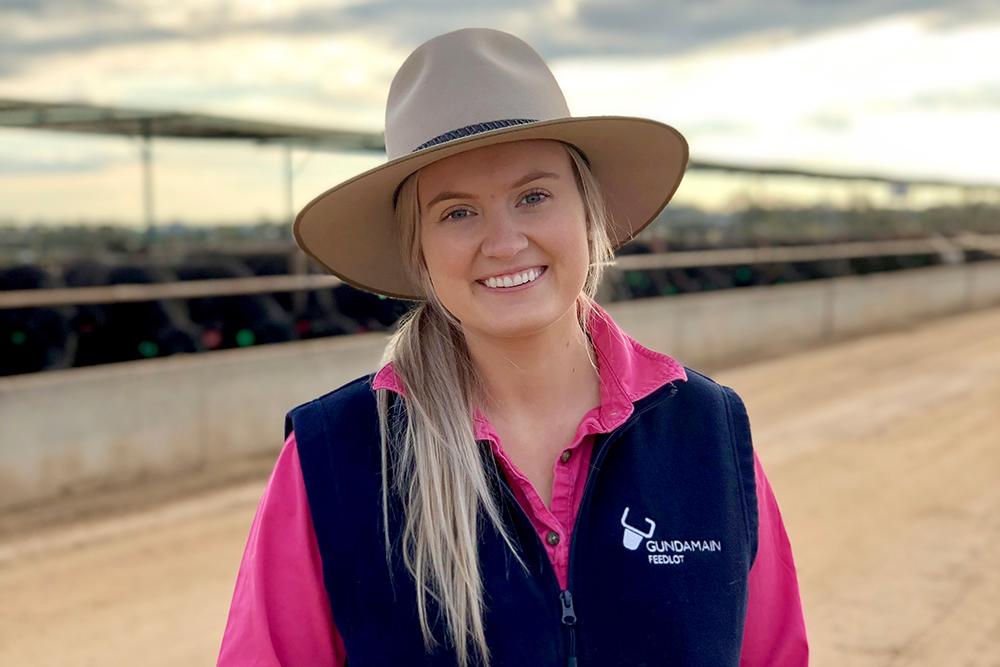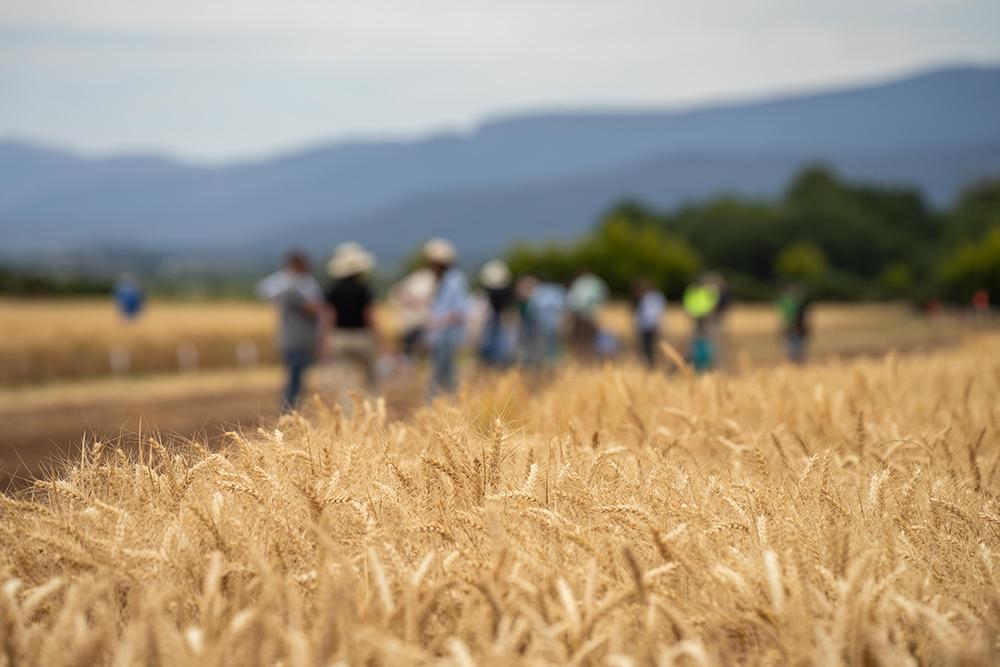Australia knows how devastating droughts can be for its agriculture sector.
That is why more than 30,000 Aussies farmers have taken up opportunities to build their capability to manage farm-risk, including to drought and climate change, through the Future Drought Fund (FDF).
Today is the United Nations’ World Day to Combat Desertification and Drought, an important day to raise awareness of Australia’s ongoing efforts to prepare regional and rural communities for the next drought.
The Australian Government’s 2024-25 Budget committed $519.1 million from the FDF to boost drought readiness.
Deputy Secretary of Agriculture, Fisheries and Forestry Policy Matt Lowe said the FDF funding will continue to build knowledge, skills and capability in the sector. It will also focus on partnering with regions and communities, including first nations people, for local solutions to drought risks.
“We have so many excellent FDF projects on the ground that are testing or demonstrating how to build drought resilience in practical ways,” Mr Lowe said.
“In addition, $63.8 million has been committed to help transition Australia’s agriculture sector towards a net-zero future and help farmers capitalise on emerging opportunities and remain profitable amid a changing climate.
“Funding will focus on accelerating the reduction of agricultural emissions, improving greenhouse gas accounting and investing in the new Zero Net Emissions Agriculture Cooperative Research Centre.
“Amid dramatic climate changes around the world, drought remains a fixture of Australian life.”
Cath and Fred Clark of Roma, Queensland, run one of 24 grazing businesses across southern Queensland and northern NSW that have been learning drought-resilient practices through the FDF’s Drought Resilient Soils and Landscapes Program.
This has enabled their fourth-generation cattle property to better match their stocking rate to carrying capacity.
Meanwhile, the same program in South Australia is enabling merino farmer, Brenton Kroehn and Adelaide University’s Professor Matt Denton to test pasture legume varieties in drier environments.
This aims to help Brenton identify reliable pasture options that can sustain farming in dry sandhill country of his Waikerie property.
“There are dozens of similar projects happening around the country, yet drought preparedness doesn’t stop at the border,” Mr Lowe said.
“Last year, Australia joined the International Drought Resilience Alliance (IDRA) – a network of countries that together build drought preparedness and promote global action on drought."
Launched at the 2022 Conference of the Parties to the United Nations Framework Convention on Climate Change (COP27), the IDRA mobilises political, technical, and financial capital for drought resilience across its 39 member countries.
To read more about to read about Cath and Fred's work, visit SQNNSW Innovation Hub.
To read more about to read about Brenton Kroehn and Prof Matt Denton’s work, visit SA Drought Hub.
For more information on drought hubs around the country, visit Drought Resilience Adoption and Innovation Hubs.
For more information on the International Drought Resilience Alliance (IDRA), visit https://idralliance.global.



